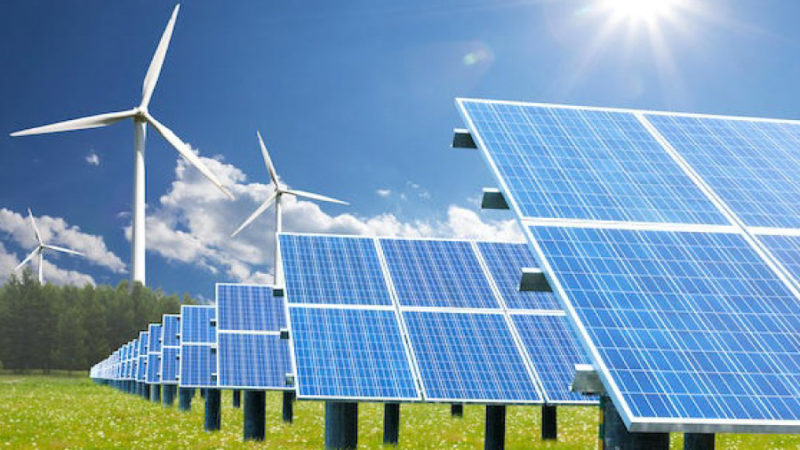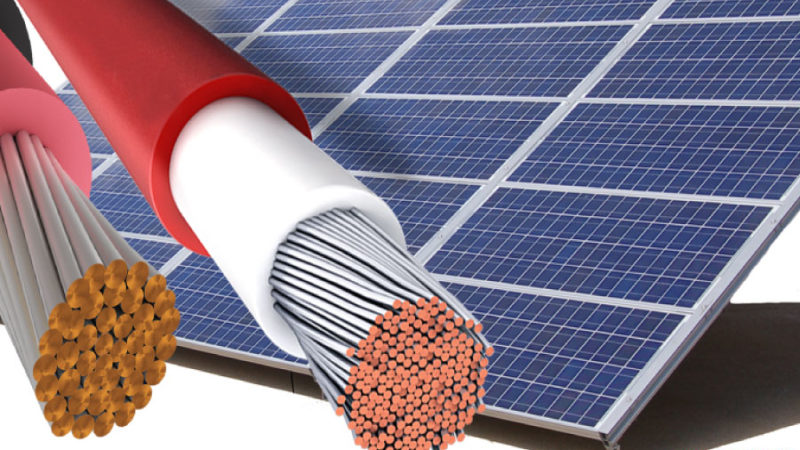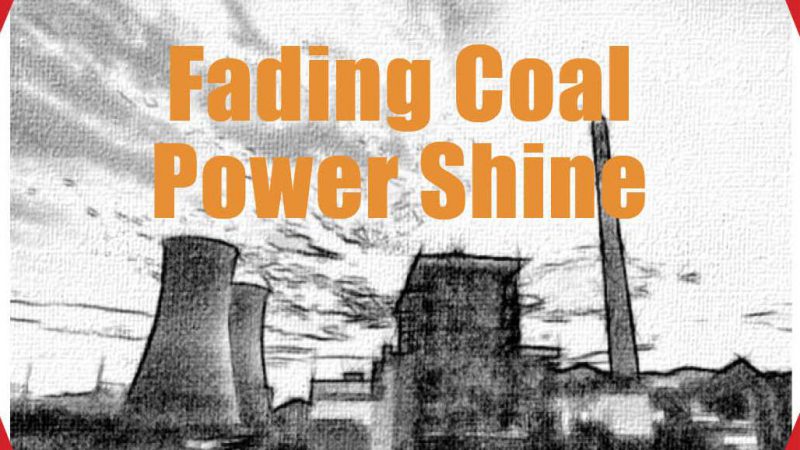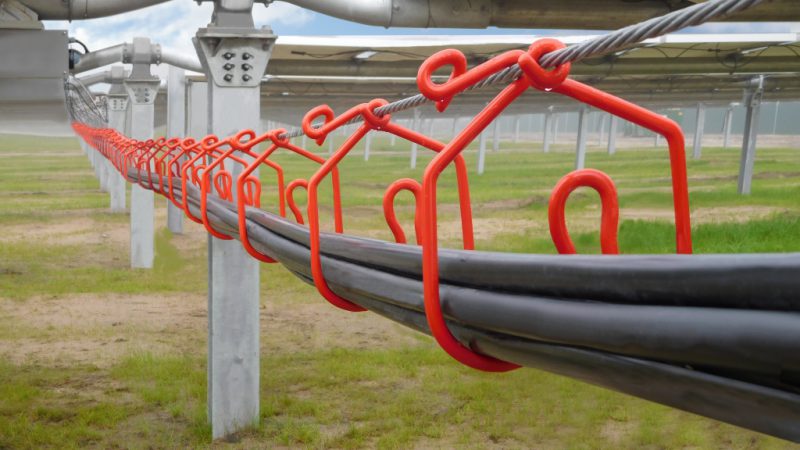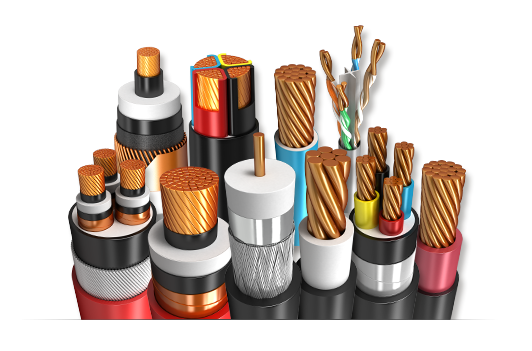BTG Equipment Industry India – A Review
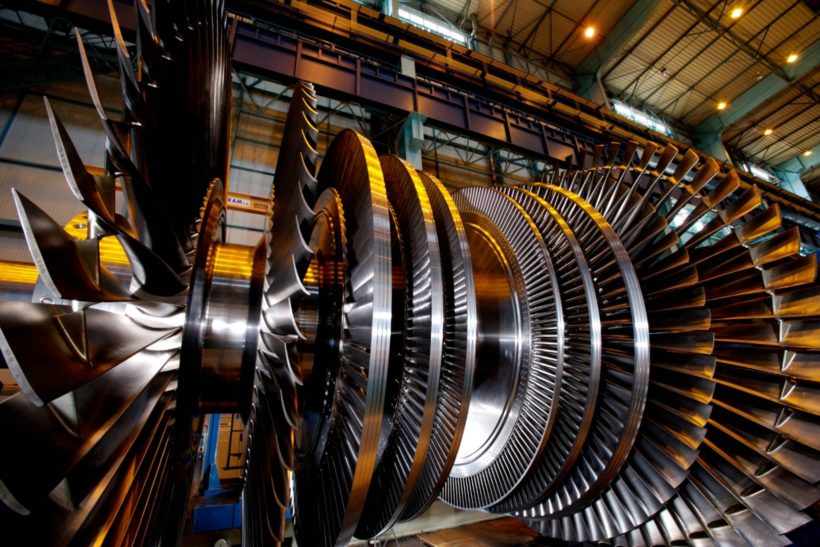
CEA does not foresee any immediate requirement for new coal power plants till 2027. If indeed things pan out as per the forecast, it can spell trouble for equipment suppliers in the capital goods sector, especially in the industry-boiler, turbine generator and related segments.
In the Indian economy, the electrical equipment sector plays an essential part in offering more than half a million direct jobs and over a million indirect jobs. However, due to the decrease in national demand and rise in imported products, the electric equipment industry has been exhibiting sluggish growth progress in recent past.
Boilers, turbines and generator (BTG), a part of heavy electrical equipment market, are primarily used for generating electricity in thermal power plants. Few years back, Bhel was the only domestic BTG manufacturer, but now there are five private companies which have joined hands with foreign companies, while more than two dozen companies are operating in the EPC segment.
As India is focusing on changing its portfolios from thermal generation to renewable, this also indicates a change in investment in renewable and thermal space.
As a result, the thermal generation seems to be an insidious proposition for OEMs in India, which is fully witnessed orders draining from private project developers.
In this respect, to maintain and further develop their corresponding business models, it becomes crucial to identify the current dynamic of thermal generation for the OEMs.
India still has a fair share of coal-based thermal power plants with a present installed capacity of around 315 GW, which accounts for the country’s basic load. Although India cognizes the worldwide trend to gradually eliminate polluting sources of coal-based electricity generation, it will not be feasible for one of the world’s fastest-growing economies to fully remove these capabilities.
Looking at the demand and planned infrastructure and industrial growth in India, coal will continue to be the prime source of capacity generation supporting the base load power requirements of the country. However the new emission norms, for coal-based thermal power plants in India, introduced limits on oxides of nitrogen emissions. This move has made Indian emission norms one of the most stringent in the world.
The new standards required the compulsory installation of SCR devices in future power stations, including those presently under building and many current power stations. Fortunately, to deal with the emission issues the government is working in line to make coal a cleaner fuel by replacing the old power plants with new ones, hence high efficiency on the generation front.
Further, in order to encourage the domestic manufacturing, government mandates state-run generators to insist on phased domestic manufacturing plan from super-critical equipment suppliers. Moreover, an advisory on super-critical equipment indigenous manufacturing could raise the profits margins of the domestic boiler turbine generators manufacturers.
Also the government is working on a plan to shut down 25-40 GW of old highly polluting thermal power plants and set up new coal based super-efficient power projects.
The draft national electricity plan of the Central Electricity Authority (CEA) sounds like beginning of the end for thermal power capacity addition in India. During the period 2017-22, the CEA estimates that there is no need for fresh coal-fired plants given the huge renewable energy adding plans.
As per CEA estimates a fresh coal-backed capacity requirement of 44,085 MW for 2022-27 based on demand predictions. However, the agency does not anticipate an instant demand for fresh coal power stations with 50,025 MW of coal-fired energy projects at various building phases and likely to deliver advantages in 2017-22.
If indeed things pan out as per the forecast, it can spell trouble for equipment suppliers in the capital goods sector, especially in the industry-boiler, turbine generator and related segments.
It is estimated that the power equipment supply capability of Bharat Heavy Electricals Ltd (Bhel) is 20,000 MW per year. Apart from this, several domestic firms have joint ventures (L&T-MHI, Alstom-Bharat Forge, Toshiba-JSW, Gammon-Ansaldo, Thermax-Babcock and Wilcox, BGR Hitachi) with indigenous manufacturing capacity for supercritical boilers at 16,200MW and supercritical turbine generators at 14,000MW, CEA says.
With most firms already strapped for orders, a dearth of new coal power plants can have an adverse impact on equipment suppliers. However, some of the industry experts feel that with a substantial number of thermal plants getting old and recommended for retirement or modernization, refurbishment and efficiency improvement orders will come to the rescue of some of them.
As per estimates around 30,000MW of thermal plants in the country are old and require refurbishment or modernization. The opportunity can generate an annual business of around Rs. 25,000 crore for five years. However, industry analysts are of view that firm like BHEL which has historical ties with state utilities, may be better placed for this business opportunity while other firms, with only manufacturing capability and limited access to technology, may be forced to look overseas for business.
Conclusion:
Coal based thermal power generation is quite essential for India, especially amidst the growing energy demand of the country. Indeed, India as a nation is ready for major shifts in power supply increases through RE sources, with its encouragement on the greener source of electricity.
However, because India requires huge electricity supply through large power plants, thermal power generation would be the main contributor for the next century.
Having said that arguably, by 2020 experts believes that thermal power is destined to roll back into generation mix of the country and announcements can be made earlier than later in all possibilities for new UMPPs which have struck a road block. Thus, preparation for OEMs is of utmost significance.
Although, for a growing economy such as India, it is necessary to reduce carbon emissions and increase thermal generation efficiencies. This will not be achieved unless there is a migration observed from sub-critical power generation to super-critical power generation technology facilitating better plant efficiency and lower emissions with higher capacity addition (as SuPC plant is in excess of 660 MW per unit).
So India must and destined to be dependent on coal until 2030 if it is to achieve its coherent base load, despite Paris ‘ commitments to reduce carbon influx.



